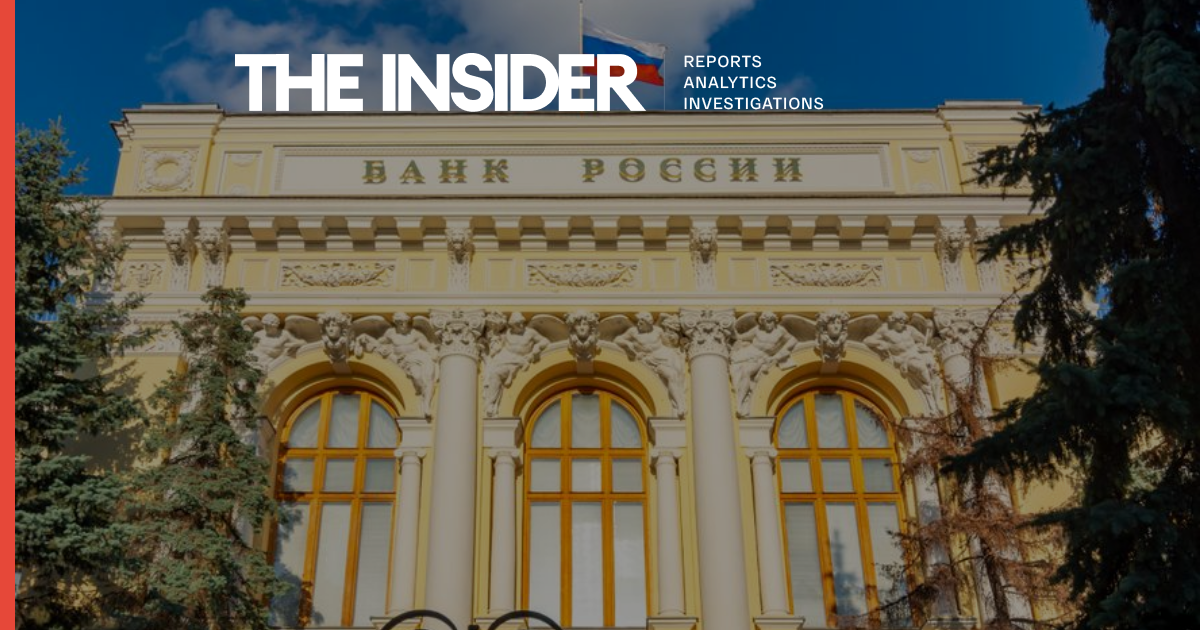- cross-posted to:
- world@lemmy.world
- europe
- cross-posted to:
- world@lemmy.world
- europe
On Sept. 13, the Central Bank of Russia raised its key interest rate to 19% and warned of further hikes to come. The Central Bank claims the move was necessary to combat inflation, which it attributes to an alleged excessive rise in domestic demand.
However, there is an alternative viewpoint. According to economist Valery Kizilov, it was the Central Bank itself that fueled inflation by unjustifiably expanding the monetary base for years while simultaneously encouraging a credit boom. Russia has grown accustomed to living with an inflation rate of close to 10%, negligible real growth, and interest rates on loans exceeding 25% per year.
Breaking away from this course is difficult, writes Kizilov, and those caught up in the euphoria tend to ignore the risks and disregard the future.
Alternatively, the issue may not be an increase in credit demand but rather a decrease in supply. This, too, could be due to shifting preferences from the future to the present. Previously, someone might have saved a tenth of their monthly salary, but now they’ve stopped.
For the love of $god, credit is not funded by deposits since we dropped gold standard. Commercial banks “print” money at the time of lending it, otherwise they would have to be secured at ~100% of money lent and not ~5-15% as it is now.
This opinion piece is based off Austrian economics, pseudoscience that’s very popular in Eastern Europe (where Insider is based in). They do a lot of good investigative work but this one is kind of embarrassing.



